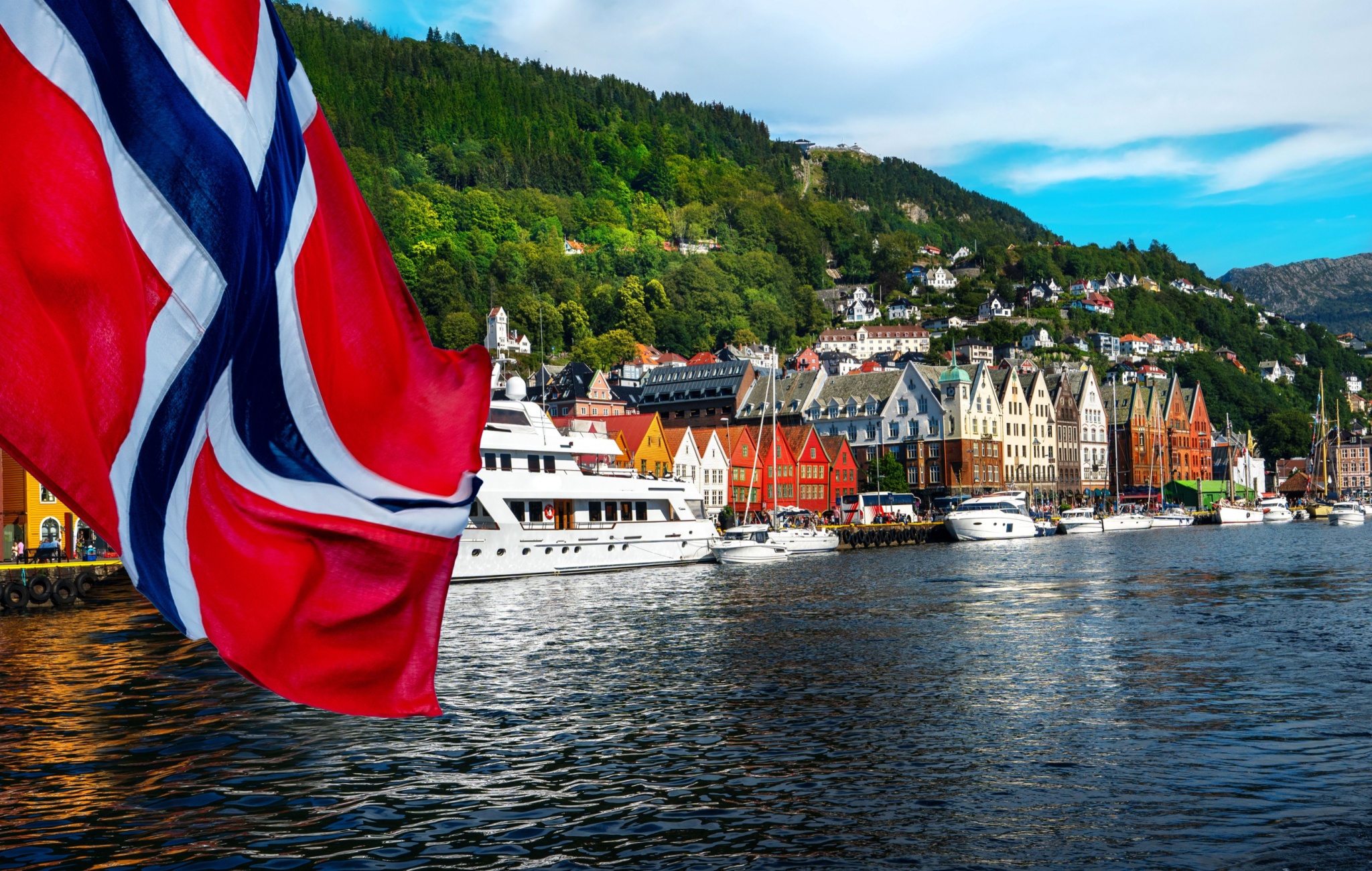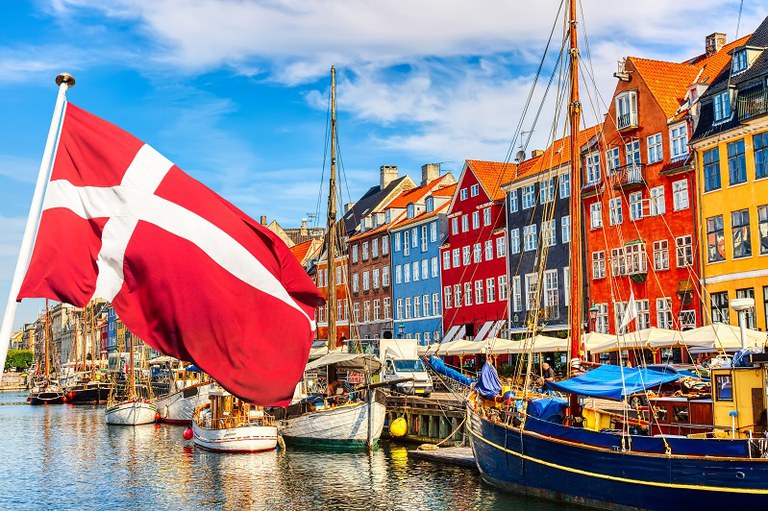Top 10 Most Developed Countries in the World 2025
By ICON TEAM | Published on Apr 14, 2025
A "developed country" is defined by more than just economic prosperity; it also includes things like social stability, healthcare, education, technology, and quality of life. A commonly used indicator of development, the Human Development Index (HDI) of the United Nations assesses nations according to their per capita income, life expectancy, and level of education. The global development scene in 2025 identifies countries that succeed in these domains, striking a balance between social well-being and economic strength. Based on their HDI rankings and other developmental indices.
List Of Top 10 Most Developed Countries in the World 2025:
1. Switzerland:
With an HDI score of roughly 0.962, Switzerland is the most developed nation in 2025 and continuously leads the pack. Its prosperity is due to a strong economy that is fueled by precision manufacturing, medicines, and finance, as well as a high GDP per capita of about $92,000. The world-class Swiss educational system produces highly qualified workers, while the country's universal healthcare system guarantees a life expectancy of more than 83 years. Switzerland is more appealing due to its dedication to environmental sustainability, which is demonstrated by its immaculate cities and renewable energy projects, as well as its political neutrality and stable government, which provide a safe environment. The nation's emphasis on innovation and quality of life maintains it at the forefront of global development despite its high cost of living.
2. Norway:

With an HDI score of around 0.957, Norway comes in second place. Its abundant natural resources, especially gas and oil, support a GDP per capita of nearly $82,000. A robust welfare state that offers free healthcare and education to all residents coexists with the nation's diverse economy. Because of progressive taxes, Norwegians have an 82-year life expectancy and one of the lowest rates of income inequality in the world. Norway's position is further cemented by its investments in renewable energy, particularly hydropower, and its focus on social inclusion and gender equality. An outstanding standard of living is partly a result of Oslo's thriving cultural scene and breathtaking natural surroundings.
3. Iceland:

Iceland, a tiny island nation of only 380,000 people, comes in third place with an HDI score of around 0.952. With a GDP per capita of about $78,000, its sustainable economy is powered by geothermal and hydroelectric energy sources. Iceland's healthcare system supports an 83-year life expectancy, and its education system is very accessible, with nearly universal literacy. The nation's development profile is improved by its progressive policies, which include strong social safety nets and initiatives for gender equality. Although its isolated position occasionally presents economic issues, Reykjavik's creative urban planning and Iceland's low crime rates offer a safe, high-quality living environment.
4. Hong Kong:

With an HDI score of roughly 0.952, Hong Kong, a Special Administrative Region of China, comes in at number four. Finance, trade, and logistics are the main drivers of its $62,000 GDP per capita, despite its modest size. Hong Kong's dynamic economy is supported by its top-notch infrastructure, which includes its skyscraper-filled cityscape and effective public transportation. Top institutions provide world-class talent, education is highly respected, and medical developments help to make the 85-year life expectancy one of the highest in the world. Despite sporadic political unrest, Hong Kong's tenacity and economic vitality keep it at the forefront of Asian development.
5. Australia:
With an HDI score of almost 0.951, which reflects its strong economy and good standard of living, Australia completes the top five. Mining, agriculture, and services are the main drivers of its economy, which has a GDP per capita of $60,000. Australia's national healthcare program, Medicare, supports an 83-year life expectancy, and its educational system is renowned throughout the world. With their diverse cultures and state-of-the-art infrastructure, cities like Sydney and Melbourne are among the most livable in the world. In order to ensure Australia's continuous development trajectory, legislative reforms are being implemented to address issues like indigenous inequality and the effects of climate change.
6. Denmark:

Denmark is a prime example of the Nordic model of development, with an HDI score of about 0.948. Its high-income economy, which is centered on services, renewable energy, and medicines, is supported by its $68,000 GDP per capita. Denmark has an 81-year life expectancy and nearly universal literacy thanks to its social state, which offers free healthcare and education. Copenhagen's green programs and bike-friendly infrastructure demonstrate the city's dedication to sustainability, and work-life balance is guaranteed by its progressive labor laws. Social benefits balance out Denmark's high taxes, creating a cohesive society with low inequality and high levels of trust among neighbors.
7. Sweden:

With an HDI score of roughly 0.947, Sweden is well known for its innovative economy and social protection system. The pharmaceutical, automobile, and technology sectors support its $59,000 GDP per capita. Sweden's healthcare system supports an 82-year life expectancy, and its free university education system creates a highly competent workforce. The nation is at the forefront of environmental and gender equality initiatives; Stockholm plans to achieve carbon neutrality by 2040. Although integrating immigrants continues to be a difficulty, Sweden's high taxes support a wide range of public services that give its residents protection and opportunity.
8. Ireland:

With a GDP per capita of $100,000, one of the highest in the world, Ireland's thriving economy propels it to eighth place with an HDI score of almost 0.945. Growth is fueled by multinational companies in the tech and pharmaceutical industries that are drawn in by advantageous tax laws. Ireland's healthcare system supports an 82-year life expectancy, and its education system is strong with an emphasis on STEM. Ireland's cultural diversity and Dublin's rise as a tech powerhouse increase its appeal on a global scale. Despite the difficulties associated with housing affordability, Ireland's social advancement and economic tenacity solidify its standing as a developed country.
9. Germany:

With a GDP per capita of $54,000 and an HDI score of about 0.942, Germany is the economic superpower of Europe. Its industrial foundation, which is focused on chemicals, machines, and automobiles, propels exports, and its highly qualified workforce gains access to prestigious colleges and vocational training. The 81-year life expectancy in Germany is supported by the country's comprehensive healthcare and pension systems. Germany's leadership in green energy transitions enhances its development profile, and cities like Berlin and Munich combine innovation with cultural legacy. Immigration and automation are being used to overcome issues like an aging population, guaranteeing long-term progress.
10. Netherlands:

The Netherlands, with an HDI score of roughly 0.941, finishes in the top 10. Its varied economy, which is based on trade, agriculture, and technology, is reflected in its $62,000 GDP per capita. The Dutch have an 82-year life expectancy because to improvements in healthcare and an inclusive, high-achieving educational system. Amsterdam's dedication to sustainability is demonstrated by its smart city projects and bicycle infrastructure. The development of the Netherlands is supported by its robust international trade networks, especially through Rotterdam's port, and progressive social policies. Because of its location, flood control is still a top concern, but innovation makes it robust.
Comments 0